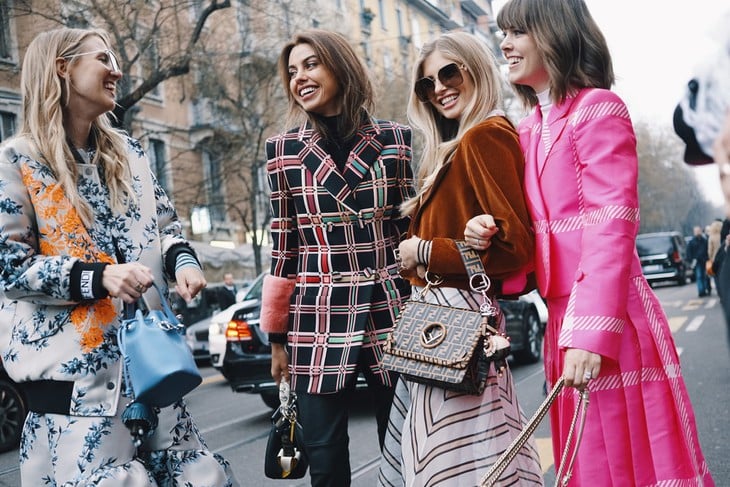
Nowadays, for many consumers, "counterfeit goods" are no longer a scam, but a deliberate choice - Photo: Sanupin
"Dupe" (a product that looks, has the same quality or features as a more expensive, premium product, but is sold at a much lower price), "knockoff", "counterfeit" - these words are taboo, a stain that is difficult to wash off on a brand's image.
In theory, with the help of AI-based authentication tools and deep learning, counterfeiting should have plummeted.
But these very advances have forced counterfeiters to become more sophisticated, making it increasingly difficult to detect fakes, even for experts who once could do without a single glance.
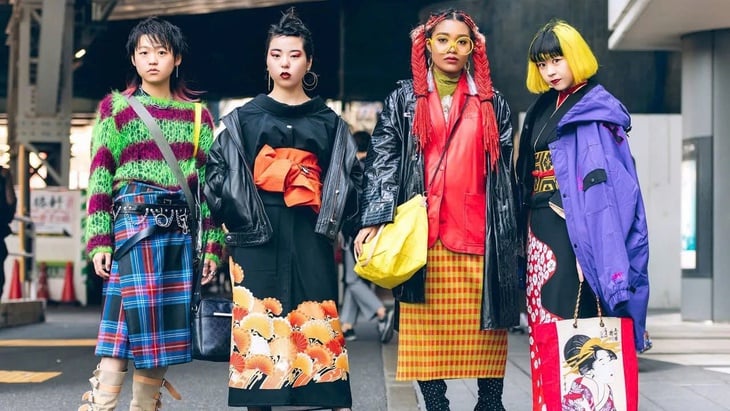
The State of The Fake 2025 report says the rate of counterfeit goods on the resale market will remain at 8.4% in 2024. Counterfeit products are becoming increasingly widespread - the hashtag #dupe has surpassed 6.3 billion views on TikTok - Photo: Vogue
Japan is a prime example. Once considered one of the world’s most reliable resale markets, the country now has strict inspection procedures and strict anti-counterfeiting laws.
Each product is thoroughly checked from leather material, seams, serial numbers to UV scanning to detect microscopic details that are invisible to the naked eye.
However, according to CEO Vidyuth Srinivasan of Entrupy Company shared with Japan Times, counterfeiters have now reached the level of being able to almost perfectly copy the material's material, surface, roughness and even the matte effect.
Counterfeit goods are getting more sophisticated and technology alone is not enough
The fight against counterfeiting is being waged on many fronts, but the numbers tell a different story. According to the latest report from international online auction platform Catawiki, more than €10 million worth of counterfeit goods were intercepted in 2024 alone, up 20% from two years ago.
From late 2024 to the first half of 2025, the concept of a “digital passport” – an NFC chip-based traceability system that guarantees authenticity, provenance and sustainability – is being hailed as the new norm for luxury goods.
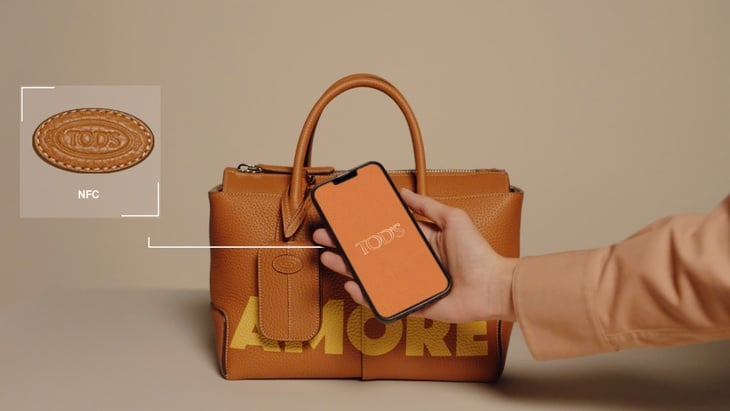
Many fashion houses and e-commerce platforms have begun to adopt this technology, expecting that each item will be authenticated from the factory to the final buyer - Photo: Jing Daily
But the reality is more complicated. The Spot the Fake conference in Milan revealed that the new generation of “superfakes” can even copy NFC chips. In some cases, the fake chips still functioned normally and even returned authentic results when scanned with a phone.
That’s why Catawiki has turned to a hybrid model: combining digital analysis with manual evaluation from experienced experts. Every bag, every item, has to go through real hands before reaching consumers.
Changing perceptions of young people
According to NSS Magazine, innovation in the counterfeit market also stems from a profound shift in cultural perceptions. Not long ago, being caught using counterfeit goods was embarrassing, leading to ridicule and bad publicity. Today, especially among young people, that stigma is virtually non-existent.
A typical example is DHGate - an e-commerce platform welcomed by young Chinese people that specializes in selling high-quality copies that are so similar to the original that they are difficult to distinguish and cost only a fraction of the genuine product.
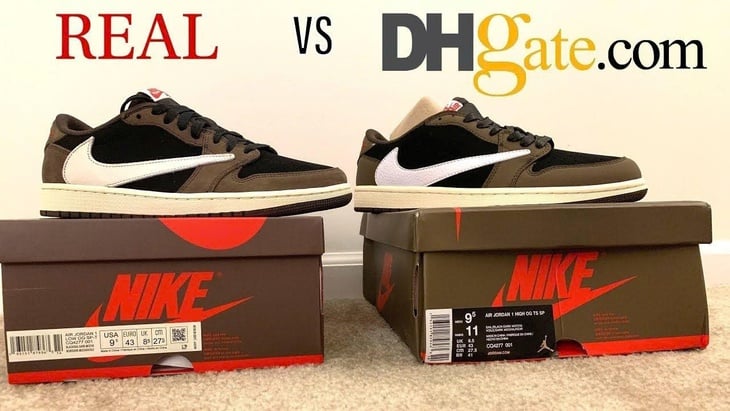
Nowadays, there are no longer cheap counterfeit goods like before, but almost perfect copies are flooding the e-commerce platform - Photo: China Fulfillment
The popularity of this trend comes partly from the economic context. The recent increase in trade tariffs between the US and China has pushed the price of luxury goods to record highs.
In response, Chinese factories began reaching out directly to Western consumers via social media, completely bypassing traditional retailers and tariff costs.
In a climate of increasing economic pressure, it is no wonder that many people turn to cheaper options, creating ideal conditions for counterfeit goods to thrive.
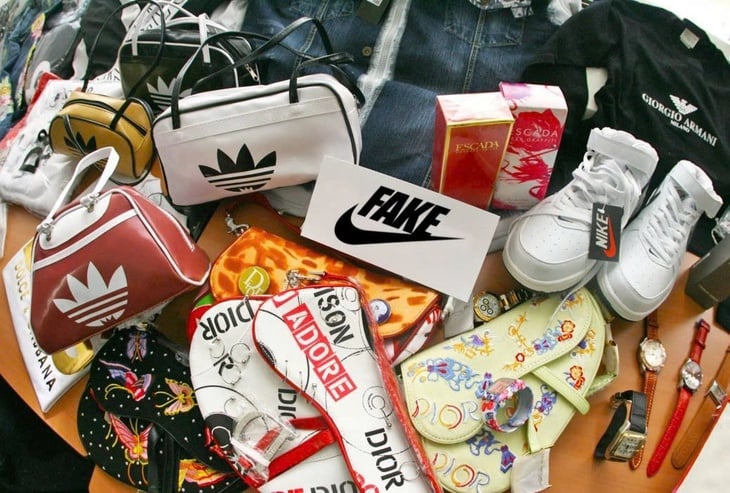
In 2024, the counterfeit rate in the handbag and sports shoe segment only decreased slightly from 8.9% to 8.4%, remaining almost unchanged - Photo: The Eger Sun
In just a few months, promotional videos for Birkin, Kelly, Boy Bags… allegedly supplied by “Chinese factories” have proliferated. Many videos even claim that these are genuine surplus goods from the factories that produce for major brands – meaning they are genuine, just sold illegally.
However, it was just a scam. In fact, it was still a fake product, advertised in familiar language and hitting the psychology of young people on digital platforms.
The fashion industry creates ideal conditions for counterfeiting to flourish.
Harper's Bazaar magazine commented: "Although fashion houses, commerce platforms and new technologies continue to invest in the fight against counterfeiting, the truth is: we are fighting on the wrong front. The problem is not outside the fashion industry, but inside the system itself."
For years, the luxury fashion industry has created the perfect conditions for counterfeiting to flourish. Prices have skyrocketed, often without a corresponding improvement in quality. In this environment, counterfeiting has ceased to be seen as a scam and has become a viable destination for consumers.
And buying counterfeits almost becomes an act of resistance and a choice of protest: "This price is not for me, this economy has no place for me, but I still want what I dream of. So why should I give it up?".

That mindset spread quickly on TikTok and other platforms, where fake goods and money-saving tips are shared at a dizzying rate - Photo: The Mall at Green Hills
It's a never-ending race: every time a new authentication system is introduced, counterfeiters find a way to bypass it, sometimes at an astonishing rate.
As long as the luxury world avoids re-examining its own model, not just from an ethical or sustainable perspective, but also from an economic and symbolic perspective, counterfeiting will continue to exist.
Source: https://tuoitre.vn/thoi-trang-xa-xi-ngay-cang-xa-tam-voi-gioi-tre-khong-con-thay-xau-ho-khi-xai-hang-gia-2025062123433419.htm




![[Photo] Prime Minister Pham Minh Chinh chairs the national online conference on combating smuggling, production and trade of counterfeit goods.](https://vphoto.vietnam.vn/thumb/1200x675/vietnam/resource/IMAGE/2025/6/23/4a682a11bb5c47d5ba84d8c5037df029)


![[Photo] Prime Minister Pham Minh Chinh holds meeting to launch exhibition of national achievements to celebrate 80th National Day](https://vphoto.vietnam.vn/thumb/1200x675/vietnam/resource/IMAGE/2025/6/23/0c0c37481bc64a9ab31b887dcff81e40)
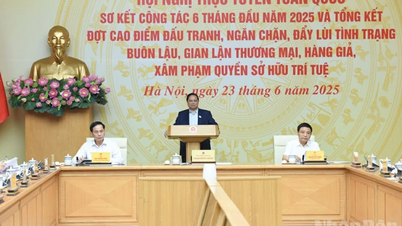



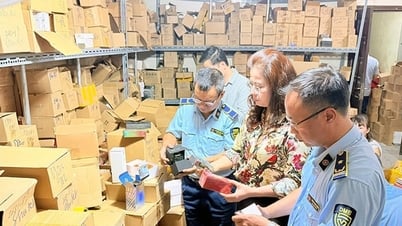






















![[Photo] Party Congress of the Central Internal Affairs Commission for the 2025-2030 term](https://vphoto.vietnam.vn/thumb/1200x675/vietnam/resource/IMAGE/2025/6/23/5bf03821e6dd461d9ba2fd0c9a08037b)






























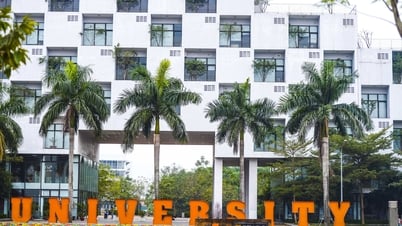








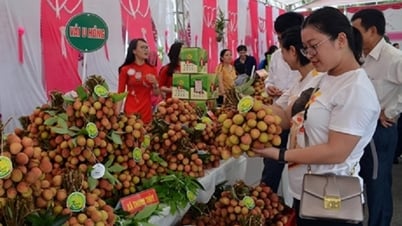

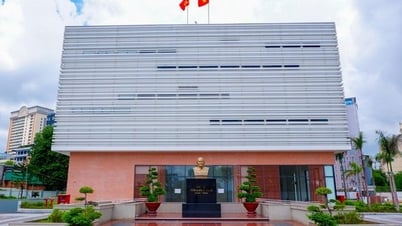



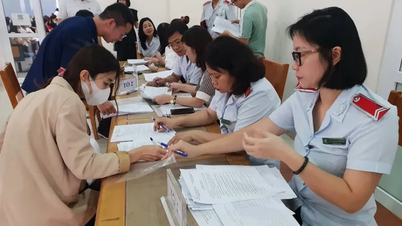





















Comment (0)